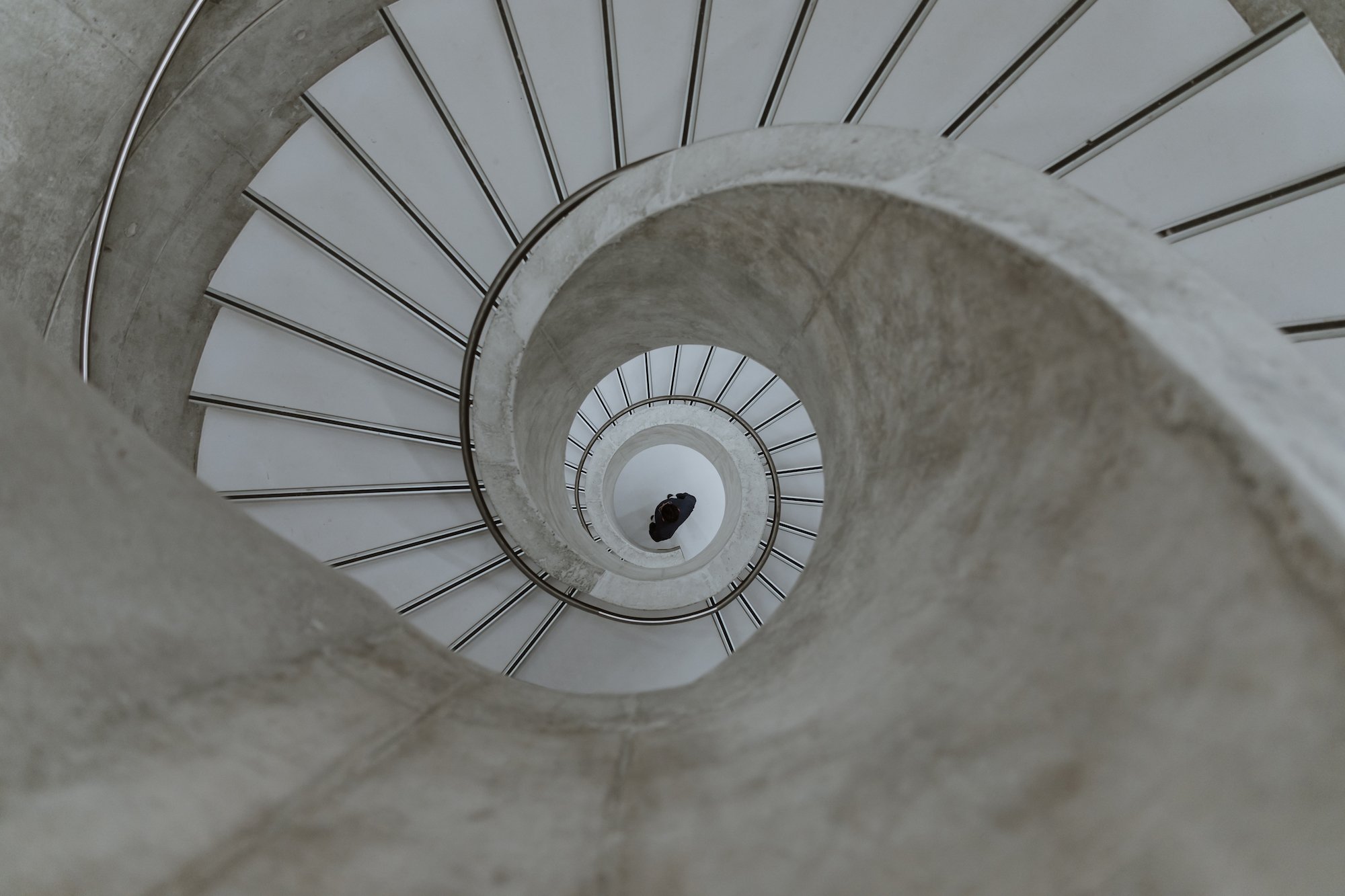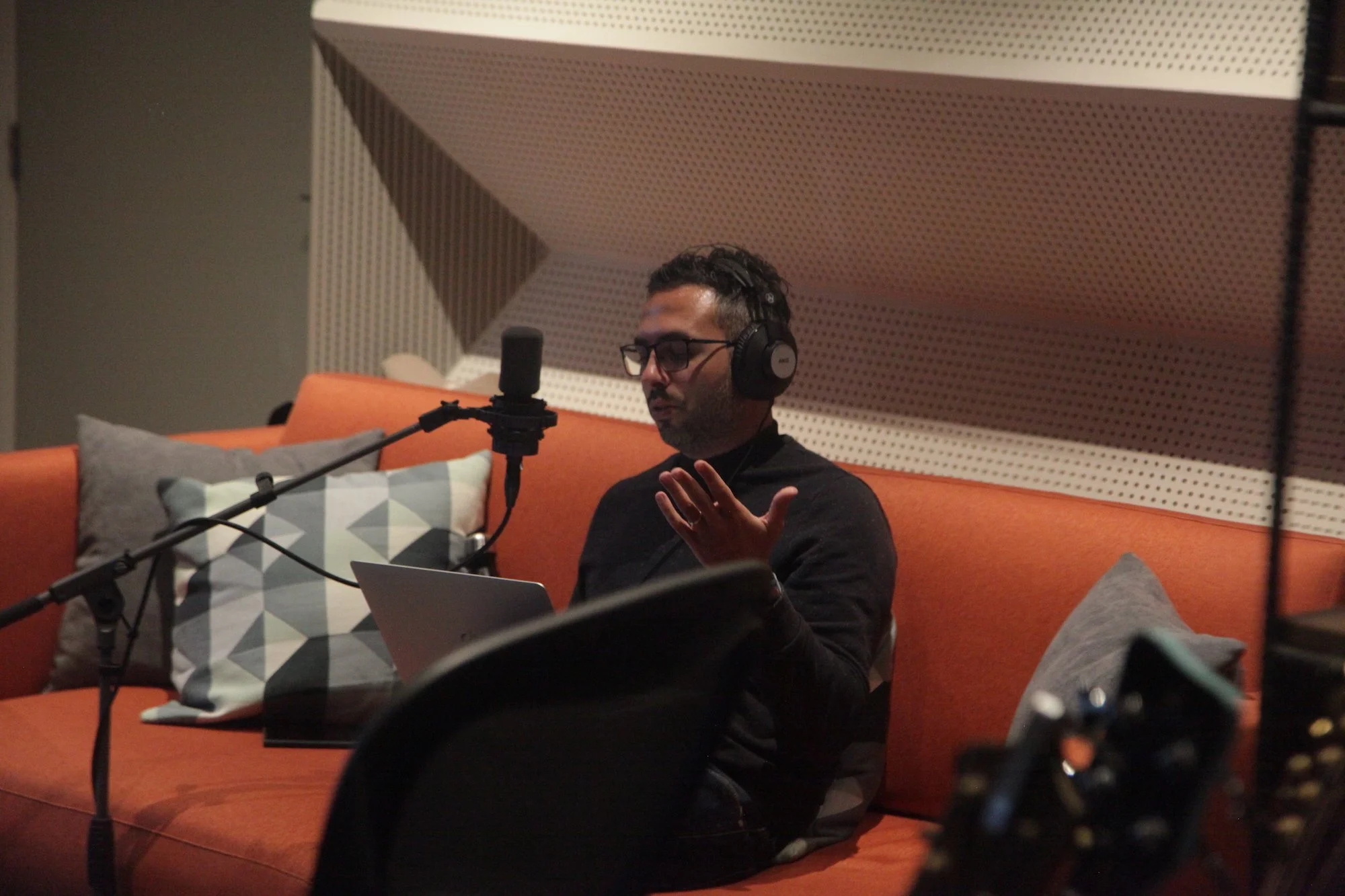Haptics Research
“Ideas are very needy if they are ever to grow into something tangible, and research and development form a very big part of this growth process.”
Haptics is the science of applying touch sensations to control and interact with computer applications. Haptic technologies is a market currently estimated at $16 billion and expected to reach $ 44.5 billion by 2022. Indeed, the potential for using haptics in interfaces for virtual-environment and tele-operator applications is enormous, and appears to be growing exponentially. To be highly effective however, haptic researchers need to consider not only the hardware and software, but also the human user. This is why there are continuing challenges related to making the technology more seamless, reliable, and natural.
Biblical Haptics
Unsurprisingly, one of the oldest published uses of the word “haptics” (from the Greek ἅπτω) comes from the Bible. Note that there is no religious connection intended here, but rather an interesting appearance of metaphysical haptics in an ancient scholarly published text. In John 20:17 (what a coincidence!), the verse containing Jesus' response to Mary Magdalene right after his resurrection says: “μή μου ἅπτου, οὔπω γὰρ ἀναβέβηκα πρὸς τὸν πατέρα” (Touch me not; for I am not yet ascended to my Father). Many years later, and the word “haptics” is back on our publication radar. In fact, Google’s Ngram Viewer (an online search engine that charts word frequencies in printed sources) shows how “haptics” has closely followed “touch screen” until 2008.
The Experience Age
Whilst Ngram doesn’t report on what has happened over the last 9 years, it’s not difficult to imagine the steep upward trends, and extrapolate them even higher as we depart from the Information Age and enter the so-called Experience Age - an age defined by Snapchat videos and VR digital content, rather than Facebook status updates. In this exciting new Age, digital content exists not only in image, audio and video formats, but also in haptic formats. This is a result of many years of research and development by the ever-growing haptics community, supported of course by market forces, public funding, and our own career opportunities and aspirations.
Priority Research Areas
We see nowadays an increasing number of conferences and journals where haptic researchers can publish their findings. According to the IEEE Technical Committee on Haptics, the successful deployment of haptic interfaces requires continuing advancements in hardware and software algorithms, as well as our understanding of the human somatosensory system. Furthermore, current priority areas include, but are not limited to: devices and technology, tactile display and tactile sensing, haptic rendering, perception and psychophysics, neuroscience, haptic cognition, multi-modal perception, sensory guided motor control, and haptic communication. See also the haptic taxonomy.
Applying and Developing Ideas
The above research areas find a plethora of applications in, for example, Robotics, Medicine, Entertainment, Transport, Education, and the Arts, making the research field of haptics truly transdisciplinary. Moreover, many underlying market opportunities have been seized by entrepreneurs to form start-ups, many of which are now multi-million dollar companies who are shaping the future. But, as we all know, it all starts with an idea, and ideas have needs.
The Haptics Research Group was formed to provide a space which facilitates conversations on haptics, where researchers can connect, share and shape ideas, funding and market opportunities.
The haptics technology market is said to be growing at 22%. Be a part of it!
I’d therefore invite you to join this group if you are interested to learn more about haptics, and post relevant discussion topics, question the status quo, post links to reports, articles, and presentation slides, and of course advertise job and funding opportunities. Feel free to sell your vision and brag about your new results. Please though engage with these posts both from an R and a D perspective and give ideas the attention that they deserve.
Dr Orestis Georgiou is a researcher and an author of over 60 publications in the areas of Mathematics, Physics, Engineering, Computer Science, and Medicine. He is currently the Director of Research at Ultrahaptics Ltd. and aims to expand, explore, and accelerate innovation in mid-air haptic technologies and their applications.













